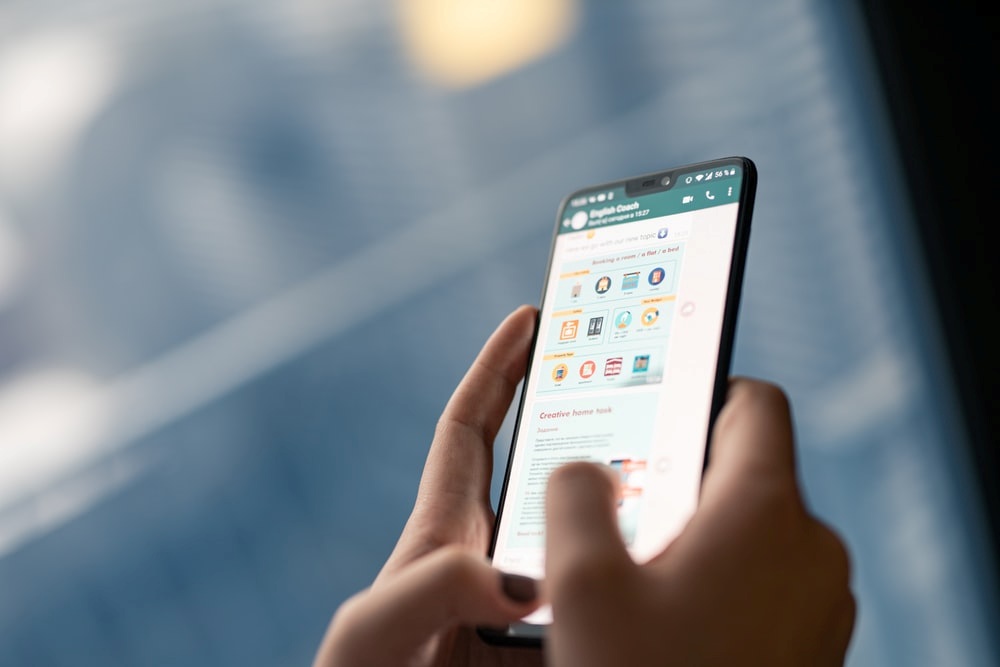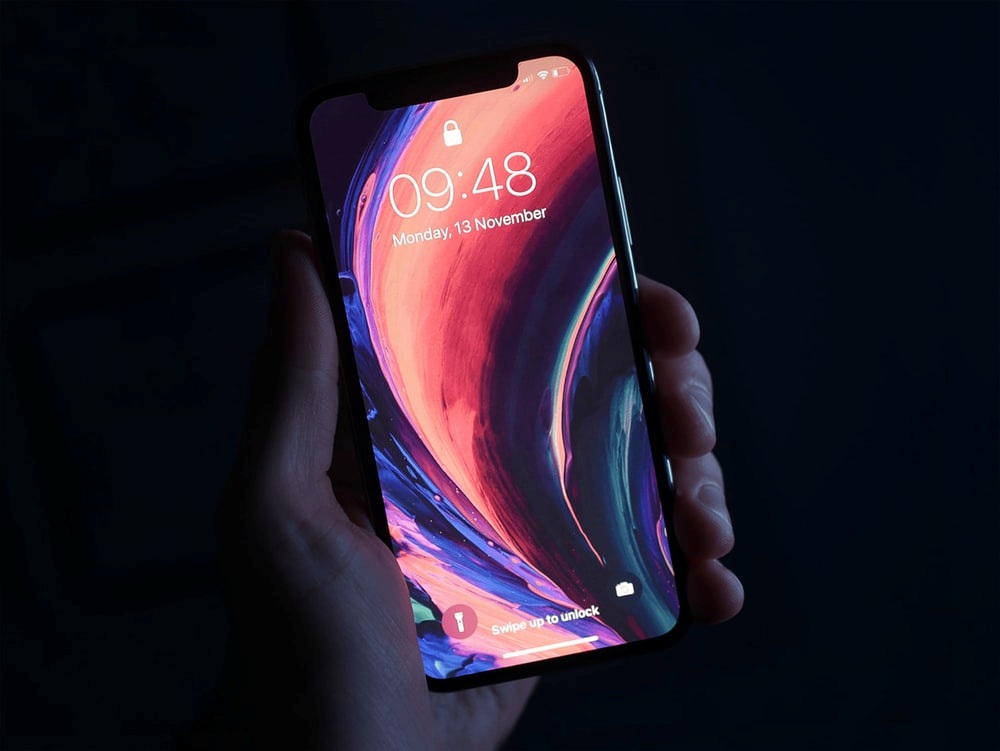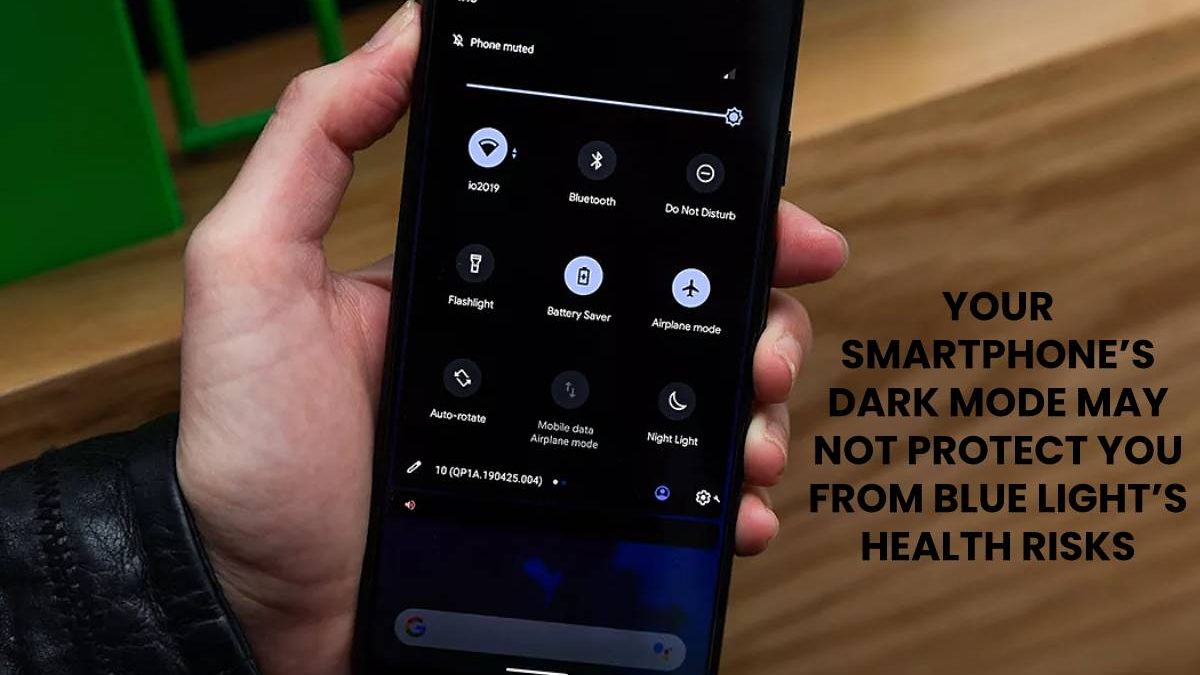Smartphone’s Dark Mode – The term dark mode, also known as night mode, is familiar to almost all screen users and is now becoming increasingly widespread in smartphones. Dark mode allows the user to apply a filter to the screen in order to minimize eye strain and reduce the blue light emitted by the smartphone. Every night time, most smartphones give notifications for the user to turn on the night mode.
Well, this is it; a darker screen doesn’t protect us from the harm caused by staring at our smartphones all day . Blue light, which forms part of the spectrum emitted by laptops, smartphones and tablets has been linked to several health effects. These include blurred vision, interrupted sleep wake cycles leading to daytime tiredness, insomnia, diabetes, depression and even cancer.

As people become interested in technology, they become more concerned with the health risks associated with this increased screen time. The more the research done about the negative effects of blue light, the more companies search for solutions to keep their users comfortable with their gadgets and without fear. One such solution is the common “dark mode,” which switches the default screen to white text against a dark background. However, while dark mode may save battery life, experts say that it probably can’t do as much for one’s health.
Changing the lighting on your phone is, unfortunately, too simple a solution to be offered. This is putting into consideration that, contrary to the common belief, it’s not just the brightness but the spectrum of light that makes blue light damaging, and hence dark mode can only bring about a slight difference.
Additionally, most of the sources of blue light don’t come with a dark mode. For instance, the lighting fixtures in homes and offices can be sources of blue light as well.
Table of Contents
The effects of using night mode
Astigmatism is a condition that causes people to have blurred vision due to an irregular shape of one or both eyes. It makes it more difficult for people to read white text on a dark background.
People with this condition (about 50% of the population) find it harder to read white text on black than black text on white (Aoa.org, 2020). Part of this has to do with brightness levels: on a white background, the iris closes a bit more than normal, reducing the effect of the deformed lens. However, on a dark background the iris opens wider to receive more light and the irregular distortion of the lens drastically increases. This changes the way light refracts to the retina, eventually ends up causing a lot of discomfort
Dark mode questions into its effectiveness
As much as it could be beneficial to cut down on screen time, especially at night when the general surroundings are dark, it’s also not good to switch off those pixels all the time.
Researchers suggest that the discomfort people feel after looking at screens for too long is a lot higher in dark mode. This is because you will be blinking less than usual causing more strain to the eyes.

Increased strain
Smartphone’s Dark Mode – Black text on white background is best for readability, hence better comprehension and retention. This is because the color white reflects all wavelengths of the visible spectrum. The iris does not need to widen for it to absorb more light. This is better for the eyes compared to seeing light text on a dark screen. When using dark mode, the halation effect is created, which refers to the edges of the white appearing to bleed into the black background.
Since the iris does not widen when looking at a white screen, the pupil remains narrow and one needs to make less effort to focus on things. The moment you see contrasting black text on a white background, it’s easy to focus on it immediately as opposed to dark mode, where the pupil needs to expand to allow for more light.
Since the eye is made up of muscles, the more strain you put on it trying to read something, the higher the chances of these muscles getting worn out. It’s therefore advisable to turn off dark mode when you’re not comfortable using it.
Dark and gloomy
Smartphone’s Dark Mode – Despite blue light having harmful effects, it has its advantages. Some blue wavelengths are of benefit during the day as they uplift the mood of Publishing. Healthy exposure to blue light from the sun during the morning and day can help maintain mental performance and decrease near-sightedness especially in kids, so using dark mode all the time is not really something you should be doing. Although, too much bright light and blue light for a prolonged period can have its negative effects such as headaches, eye strain and visual stress.
After all is said and done, everyone has a different experience with dark mode. This wide variation is also caused by the difference in the conditions of lighting in which one uses his screen.
While darker themes may be more suitable for night, they can’t help you read better or save your eyes from digital strain. You may also want to completely avoid using them after noticing eyesight issues or increased sensitivity to light.
Therefore, dark mode isn’t a one-size-fits-solution for everyone. That’s why it’s an option that one chooses to enable or disable and doesn’t occur by default. Here’s where ocushield comes in handy by offering ideal blue light filters that serve as medically-proven eye protectors for all screens. It’s a trusted solution to keeping your eyes safe from blue light without strenuous effect on your eyes.

